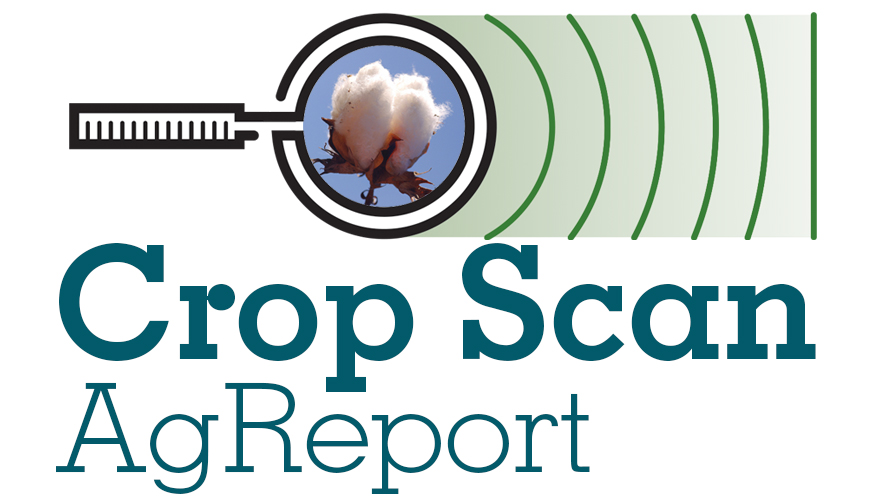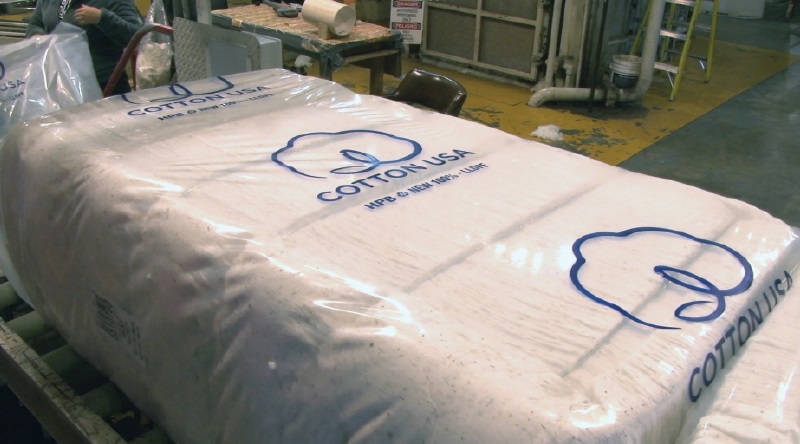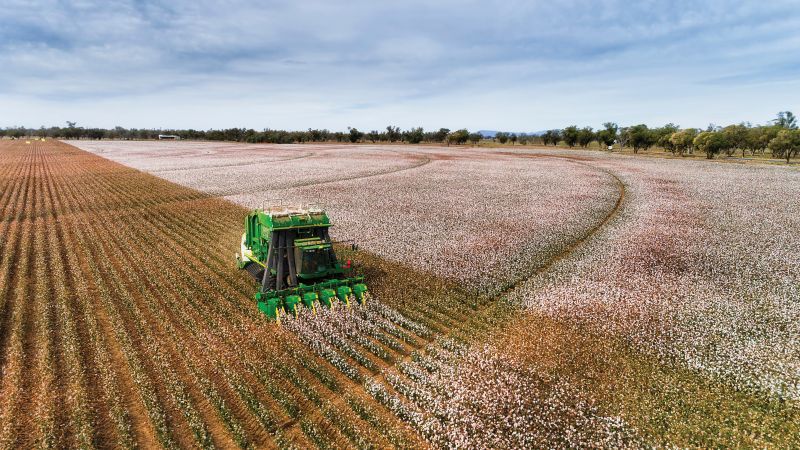An Increase in Production Will Solve Many Problems
If someone had asked me a year ago whether cotton as a commodity could be termed as volatile or fairly stable, my answer would have been completely different than it is today. I could never have imagined the degree of price fluctuation we have seen this year globally, or specifically in Pakistan. There was some rise and fall of prices a couple of years ago, but compared to what we have experienced this year, that episode seems very mild.
The whole perception of price has changed this cotton season. A difference of 2 to 3 cents per pound was considered a big change in the recent past, but now a price variation of 8 to 9 cents per pound in a single day is not a big deal. A good friend of mine, who is also a cotton trader, once told me that you cannot make money if the market remains calm; it is only during volatility in the market that you can make good money.
But we have learned that it can work both ways: The higher the volatility, the more difficult it becomes to protect the sanctity of the trade contracts as defaults become more common.
Self-inflicted wounds
This has been one of the most volatile years in the history of the cotton trade. It would be a big mistake not to analyze the reasons for it and take corrective measures. There is not much one can do to protect from natural calamities such as floods or rains, which have caused large-scale damages in Pakistan and, to some extent, in India and China. However, free trade and consistent government policies in major cotton-producing countries can surely help to stabilize the market volatility.
We also learned this year that the cotton industry in some emerging economies is not mature enough to indulge in forward trading of cotton. Both India or Pakistan have seen big defaults in forward contracts by ginners. This year should be a learning experience for the trade.
With the major change in the market scenario this year, one must also expect some changes in the dynamics of the trade. In my opinion, it is the production levels of the cotton crop in various countries that will have the greatest impact on the industry over the next few years. Consumption numbers may also change but not significantly. Growers around the world have had some of their best returns ever.
Cotton acreage is bound to increase in major producing countries and the better yield prospects of Bt seeds in some markets are expected to raise production numbers significantly. Barring any major unforeseen weather event, we may have some of the highest yields ever achieved.
All for one, one for all
In Pakistan, we have a long wish list for improving the trade environment and creating more opportunities. We are trying to implement whatever we can through the platform of The Karachi Cotton Association (KCA). First and foremost on the list is the urgent need to provide growers with genetically modified seeds from a certified producer.
The KCA, the Farmers Association, the Spinners Association and the Ginners Association have formed a Cotton Forum and are taking up the matter with the government authorities to finalize the contracts with seed developing companies such as Monsanto Co.
Other issues that also need urgent attention include:
• the introduction and implementation of a proper contract for local trading of cotton;
• resumption of hedge trading in Pakistan;
• promoting and enabling the production of less contaminated cotton, and
• maintaining dialogue with government authorities to continue the free trade policy of cotton trade.
We firmly believe that most of these problems are related to the low production of cotton in our country. If we somehow manage to increase our production numbers from 2 million tons to 2.8 million tons, for example, the excess supply will compel ginners to follow good trading practices–including working under a proper contract and producing the correct bale weights with less contaminated cotton.
Considering the changes and new levels of prices that the trade has seen this year, the cotton world has entered into a new era.
It’s a whole new game now.








